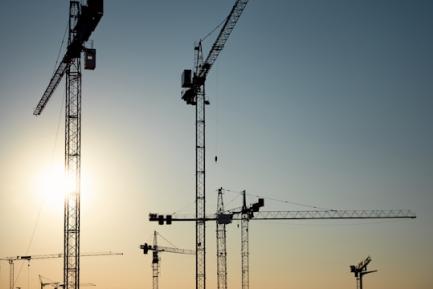
Which sectors are most affected by the conflict in Ukraine?
The economic shock of the war in Ukraine is having differing negative effects on the various sectors of the Spanish economy depending on their energy use, their exposure to certain global supply chains and their trade ties with the region.

The main channel of the impact is that of rising energy prices. The more energy-intensive sectors are the ones most directly affected, especially transportation, the auxiliary construction industry, fishing, metallurgy and the chemical industry (see first chart).1 In addition to energy prices, those of a large proportion of commodities have also surged in the global markets (including industrial metals and agrifood products). Indeed, Russia is a major global exporter of some of the main industrial metals, such as palladium (28%), nickel (20%) and aluminium (9%).2 Despite the low volume of imports of these commodities from Russia, the rise in international prices for these metals makes Spain’s imports of both commodities and intermediate products from other countries more expensive. Through this channel, the industries hardest hit are the metallurgical industry, the manufacture of metal products, electrical equipment and machinery, as well as the automotive industry, adding more pressure to the problems it already experienced last year. In addition, Ukraine has several factories for automotive components, so the conflict is affecting global supply chains, and it is a major exporter of noble gases such as neon, which is key to semiconductor manufacturing.
- 1. The final impact on a particular sector will largely depend on its ability to pass on the increased costs to customers through its sales prices. However, it should be borne in mind that this new energy shock is coming at a time when business margins were already under significant pressure.
- 2. Data for 2019 from the Observatory of Economic Complexity (OEC). During the first month since the outbreak of the conflict, the price of nickel has risen by 43%, that of palladium by 7.7% and aluminium, by 6.1%.

The agrifood sector is also being severely affected by rising prices of agricultural commodities (feed and fertiliser) and energy, which were already climbing sharply before the conflict irrupted.3 There are also concerns about a potential shortage of certain products from the so-called «bread basket of Europe». In fact, Spain’s agricultural sector is highly dependent on some supplies in which Russia and Ukraine have a high share of global production, meaning there will be greater difficulties in substituting them with other producers in the short term. In particular, 63% of the imports of sunflower oil, 30% of the corn, 19% of the rye and 8.6% of the mineral fertilisers that Spain imported in 2021 came from the region. The increase in the price of agricultural inputs has a direct impact on agrifood goods, such as meat and dairy products, and it also affects the entire agrifood chain, including the HORECA sector.
To alleviate this situation, the government has approved an action plan of measures with a budget of 6 billion euros aimed at mitigating the rise in energy costs (cutting fuel prices by 20 cents per litre) and providing direct aid for the sectors hardest hit (agriculture, livestock, fishing, and freight and passenger transportation). In addition, a new government-backed ICO credit facility amounting to 10 billion euros is being established for these sectors, and the maturity of the loans already granted will be extended.
- 3. According to the FAO Food Price Index, the price of food increased by 28% in 2021.



